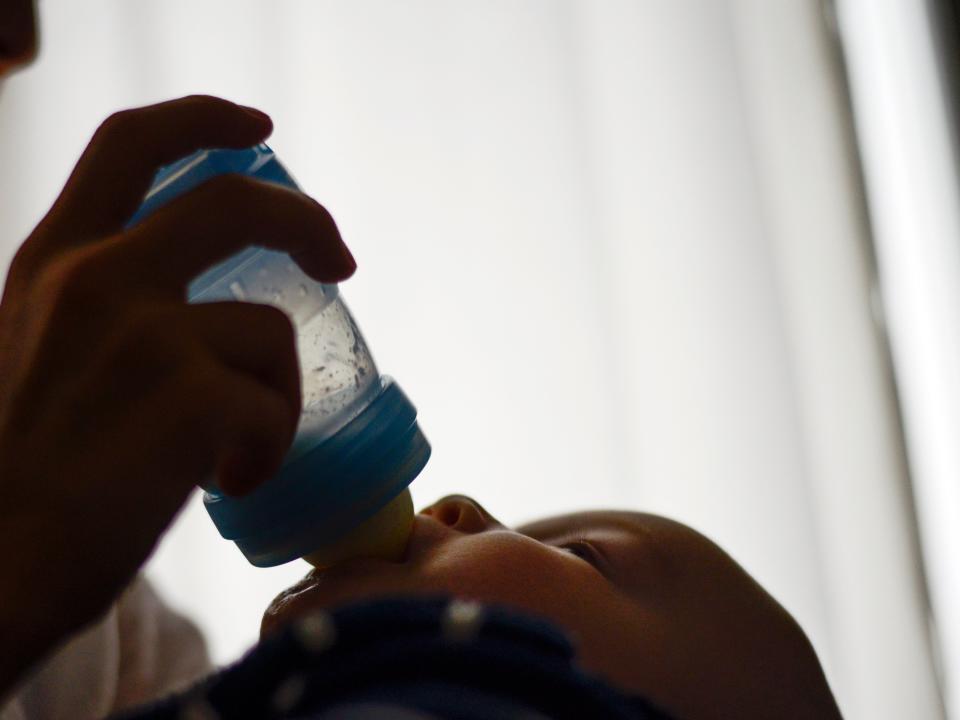‘Concerning’ levels of ‘forever chemicals’ in US mothers’ breast milk, study says

Study found PFAS in the samples ranging from 50 parts per trillion (ppt) to more than 1,850ppt
(AFP via Getty Images)A new study that evaluated American women’s breast milk for toxic PFAS “forever chemicals” has shown “cause for concern” in the levels found in the 50 samples it analysed.
The study, first reported by The Guardian, reportedly showed that the toxic chemical was found at levels nearly 2,000 times higher than certain health experts advise is safe.
“The study shows that PFAS contamination of breast milk is likely universal in the US, and that these harmful chemicals are contaminating what should be nature’s perfect food,” Erika Schreder a co-author of the study told the newspaper.
Per and polyfluoroalkyl substances, otherwise known as PFAS, are often referred to as “forever chemicals” as they don’t break down easily after being released into the environment.
The diverse group of chemicals has long been used in a variety of consumer and industrial products such as cleaning products, cookware, food packaging, and food-processing equipment due to their resistant properties.
“Accumulation of certain PFAS has also been shown through blood tests to occur in humans and animals,” the US Food and Drug Administration (FDA) writes.
“While the science surrounding potential health effects of this bioaccumulation of certain PFAS is developing, evidence suggests it may cause serious health conditions,” they add.
The peer-reviewed study published on Thursday in the Environmental Science and Technology journal found PFAS in the samples ranging from 50 parts per trillion (ppt) to more than 1,850ppt, The Guardian said.
While there is no specific standard for the levels of the chemicals in breast milk, the public health advocacy organisation Environmental Working Group has developed a health guidance of 1ppt for drinking water.
Another organisation, the federal Agency for Toxic Substances and Disease Registry, within the Department of Health and Human Services, advises 14ppt for water drunk by children.
It's important to note that at 50 samples, the size of the testing was relatively small.
Sheela Sathyanarayana, another co-author and University of Washington paediatrician, said the findings speak to the fact that “the chemicals are so ubiquitous that we can’t really predict who will have the highest exposures”.
There are thousands of PFAS chemicals used by manufacturers in certain products, and the newspaper notes the new study contradicts the chemical industry’s claims that newer generations of PFAS do not accumulate in humans.
“The study provides more evidence that the PFAS that companies are currently using and putting into products are behaving like the ones they phased out, and they’re also getting into breast milk and exposing children at a very vulnerable phase of development,” Ms Schreder said.
Read More
University of South Carolina president steps down after plagiarising commencement speech
CDC set to relax indoor mask-wearing guidance for fully vaccinated people

 money
money 